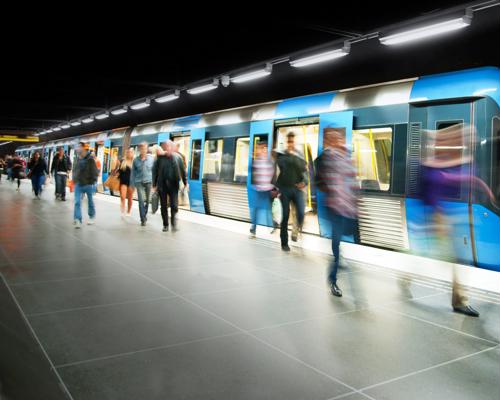
How IoT could make riding the subway easier
By Max BurkhalterMarch 10, 2022
Passenger overcrowding is an issue facing many sectors of the public transportation industry. The subway systems weaving below many major metropolitan areas are vulnerable to an influx of passengers at peak times.
Advances in technology have provided insights that may aid in alleviating overcrowding concerns. Here are the ways the internet of things (IoT) has tackled a decades-old problem.
Rail rescue
A push to enable Wi-Fi connectivity for passengers aboard public transit networks has led to innovation for an industry on the move.
The underground rail industry once faced challenges associated with Wi-Fi connectivity in subterranean areas. In order to provide access points for travelers coming in and out of underground-restricted Wi-Fi coverage, many metro stations now offer free Wi-Fi services. This free Wi-Fi is readily available for passengers while they wait to board, as well as on the trains themselves.
Recognizing an opportunity to assess large amounts of passenger location data, the rail industry sought out IoT innovations to combat the problem of overcrowding in subway stations.
IoT insights
As outlined in a report published on IoT World Today, machine learning technologies have looked to leverage data information on the free Wi-Fi networks in subway stations in Toronto and New York City in the hopes of finding potential capacity solutions.
Data scientists collecting information trends based on platform visitations and peak usage times can use these technologies to map and forecast potential congestion and delays. For example, by analyzing the data, rail stations can predict times where passengers may miss their first train due to overcrowding.
The London connection
The subway stations in London, England see considerable daily traffic, and are frequently overcrowded following sporting events.
Transport for London (TfL) looked at two distinct data sources in 2019 in the effort to give passengers access to the trains they come to ride. After obtaining six month's worth of data, they were able to granulate passenger information and aggregate it into 15 minute intervals. TfL then applied artificial-intelligence-powered multivariate outlier detection in order to establish a trend line of the 30 most typical days within the six month window.
This correlated data could forecast an average day on the subway, with insights available four times per hour. Studying anomalies to the baseline helped determine closure or delay patterns. These insights enabled predictive maintenance for events that cause overcrowding, like traffic traveling to and from a football match, and allowed TfL to adjust accordingly.

Insights, outcomes.
Controlling passenger flow by opening fewer gates, and allocating more manpower to assist with boarding and disembarking, are two ways rail stations like TfL have successfully pivoted based on data gathered from IoT technologies.
Insights into station layouts provide information as to how renovations could disperse foot traffic congestion. This level of forecasting also aids with the inspection schedules of subway trains, as predictive maintenance ensures they are operating at peak performance on the days traffic is forecasted to be high.
While these efforts individually may not solve the decades-old issue of overcrowding, they showcase how the utilization of IoT technology is helping create less strain on rail infrastructure.
Perle solutions
Perle PCI Serial Cards helped France's national railway service upgrade their infrastructure. For additional insight into how Perle is helping IoT innovation in the rail industry, visit our transportation solutions page.



